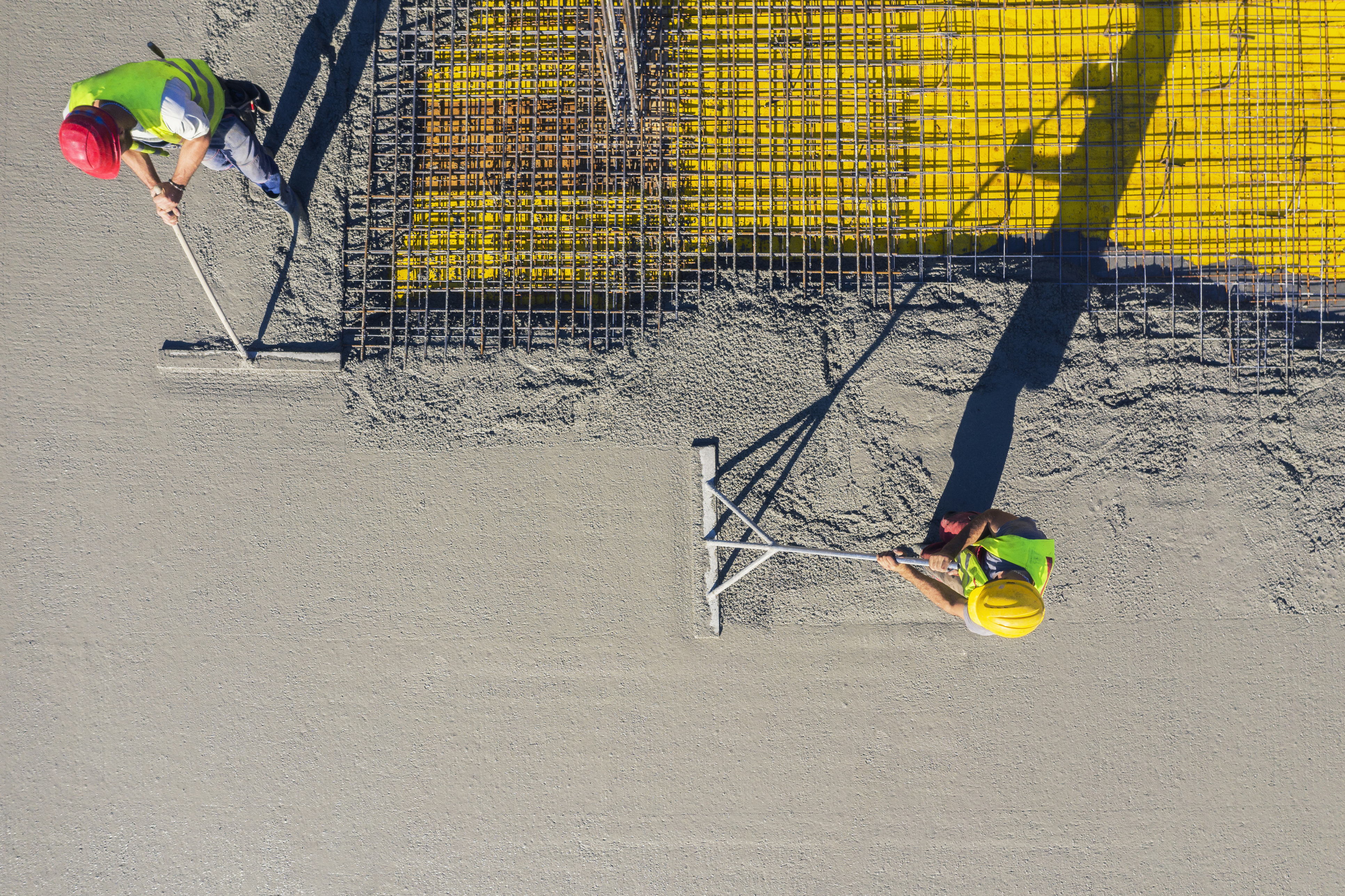Over the past three years, Congress has passed huge public investment packages to boost the American economy and usher in a clean energy future that promotes good green jobs and healthy communities. As part of the Inflation Reduction Act and the Bipartisan Infrastructure Law, Congress gave the Department of Energy (DOE) $6 billion to distribute as grants for manufacturers to adopt new technologies that will significantly reduce their greenhouse gas emissions.
On March 25, 2024, 33 applicants, out of hundreds to the program, were invited to negotiate a work plan with the DOE. As part of these negotiations, applicants to the Industrial Demonstrations Program (IDP) must also show DOE how their investments will deliver benefits to communities around their facilities. Once a project gets the green light to proceed from DOE, the company has to present its community benefit plan to nearby communities and receive inputs to improve the proposal. And to receive full funding from the DOE, projects must negotiate community benefits commitments with residents around facilities where the new technologies will be adopted.
Thanks to the DOE, communities have an unprecedented opportunity to hold manufacturers accountable at dozens of project sites in 25 states.
In recent years, the DOE has become more aware of the non-climate consequences of industrial operations. Undersecretary David Crane visited the Monongahela Valley in September 2022 to better understand the effects of toxic releases from the steel industry, which have contributed to elevated child mortality rates and other harms in nearby communities. The DOE’s IDP program is an opportunity to tie together climate goals with community needs.
Given the current support from Congress and institutional backing from DOE, communities around these proposed projects have the power to demand that the facilities not only correct existing harms stemming from their status quo operations but also become partners in addressing broader social and economic challenges. The outcome of this program could become a model for how the government engages with manufacturers – and frontline communities – going forward.
Advocating for Community Benefits
The companies that successfully complete their negotiations with DOE will come to the communities with a proposal called a “Community Benefits Plan.” This proposal is meant to be discussed and revised before becoming a set of commitments from the company to the community. The company cannot simply promise to hire locally and ignore community concerns around the public health or other environmental impacts of their operations. In order to receive funding, these promises have to also include clear metrics to measure delivery of these benefits to the local communities.
Public engagement is crucial to guarantee companies follow through. Each company will identify community stakeholders who would be most impacted by project development – particularly community members who are today underserved, overburdened, or disadvantaged – for the Community Benefits Agreement negotiations. The agency further advises companies to host multiple opportunities for engagement with community members, including town halls, unstructured chats, focus groups, and workshops. Companies will likely engage more heavily with local business owners, elected officials, colleges and universities that might offer training programs, and organized labor. This will require strategic organization by groups representing different community interests, like environmental justice, to make sure their crucial voices are included in these required community consultations. As part of Sierra Club’s goals, we are supporting chapter and member outreach and education to lower the barriers to participation and monitoring companies’ engagement efforts.
We encourage you to write to the team at DOE administering these grants and sign up for announcements and updates:
- Email address of the office overseeing the program: engage_industrialdemos@hq.doe.gov.
- Office of Clean Energy Demonstration newsletter signup: https://public.govdelivery.com/accounts/USDOEOCED/subscriber/new
The DOE and the selectees are currently in the second “Pre-DOE funding” step (the “Negotiation” phase, see the table below). Once the DOE is satisfied with the selectees’ roadmap for the community benefits engagement process, the project will enter into a 12-18 month period to develop a more detailed plan (“Phase 1”). This is the first moment when the companies are required to share the Community Benefits Plan openly with the communities adjacent to or potentially affected by their projects. At the end of each phase, DOE will review project development and implementation progress. These checkpoints offer opportunities for communities to review and re-negotiate community benefits plans with the companies. DOE’s Office of Clean Energy Demonstrations’ stakeholder engagement specialists will be working with companies and communities throughout this process.
Did you know that funding for these projects was made possible by the Inflation Reduction Act, the biggest ever investment in climate solutions, clean energy jobs, and decarbonization? Unfortunately, this effort is under threat from big polluters and the politicians in their pockets. Republicans are trying to DEFUND these critical investments just when they're getting started. Tell Congress to protect this funding.
